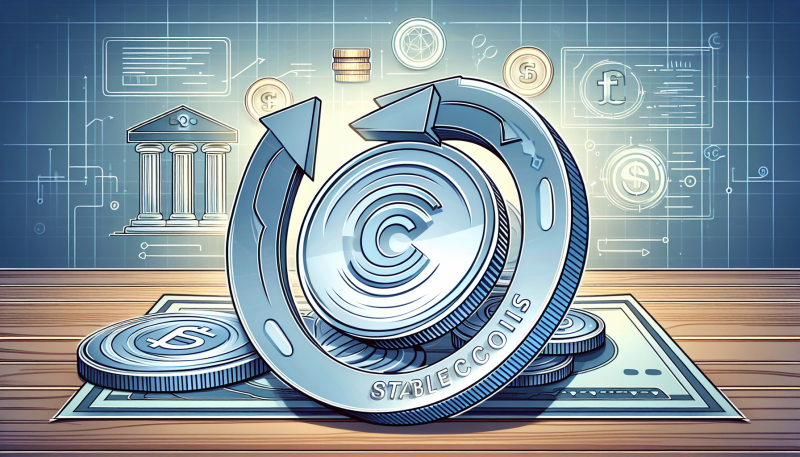What happened?
Circle, issuer of the USDC stablecoin, is exploring the possibility of enabling reversible transactions in an effort to align blockchain payments with traditional finance standards. This shift aims to address fraud and disputes, going a step further by considering refund capabilities for USDC payments. Circle’s President has acknowledged the tension this creates, as blockchain systems are traditionally built on the premise of immediate, irrevocable transfers.
Who does this affect?
This change would primarily impact financial institutions and businesses dealing with stablecoin transactions. Circle’s new blockchain, Arc, targets corporate use where financial organizations could settle transactions such as foreign exchange payments using stablecoins. However, the move towards reversibility and increased centralization may also have larger implications for the broader ethos of the blockchain and cryptocurrency community.
Why does this matter?
This exploration by Circle signifies a significant shift in bridging the gap between the traditional financial systems and crypto. By making blockchain-based payments more acceptable to larger institutions wary of irreversible errors or scams, it could lead to broader adoption and regulatory acceptance of stablecoins like USDC. However, the move towards centralization may face opposition from those who value blockchain’s core principle of decentralization.
